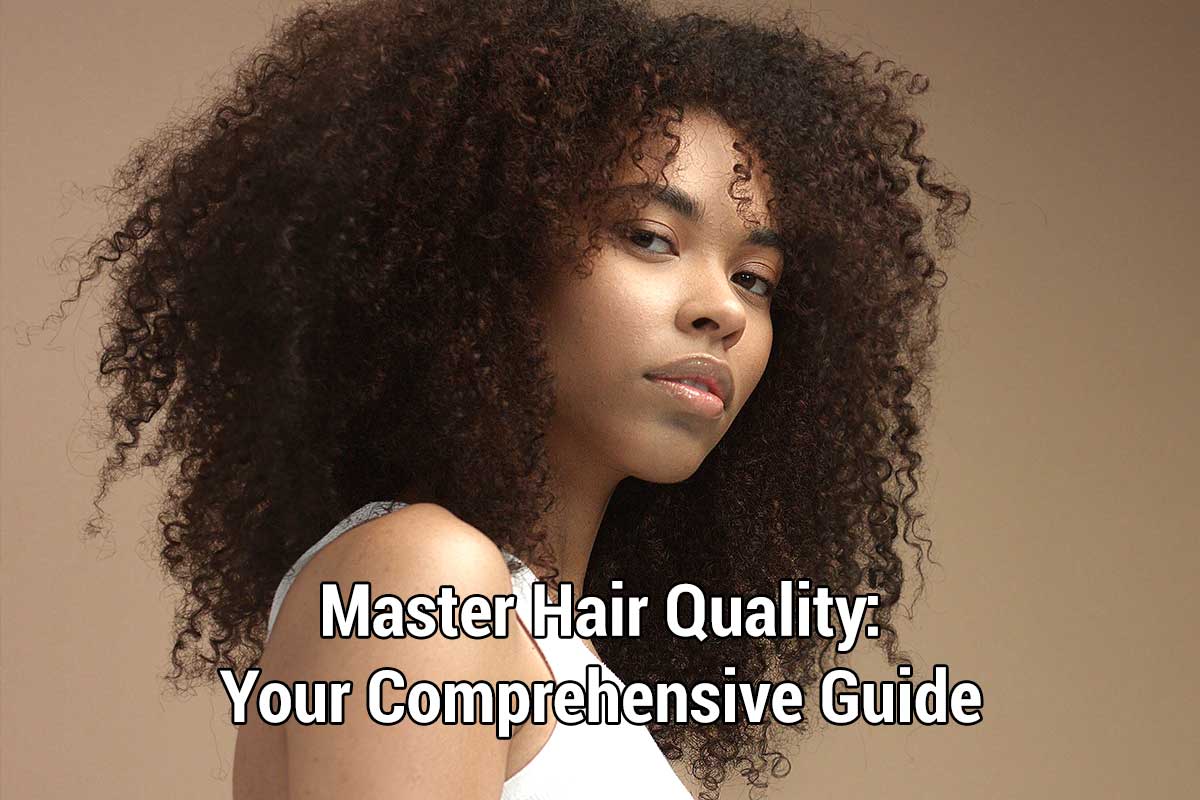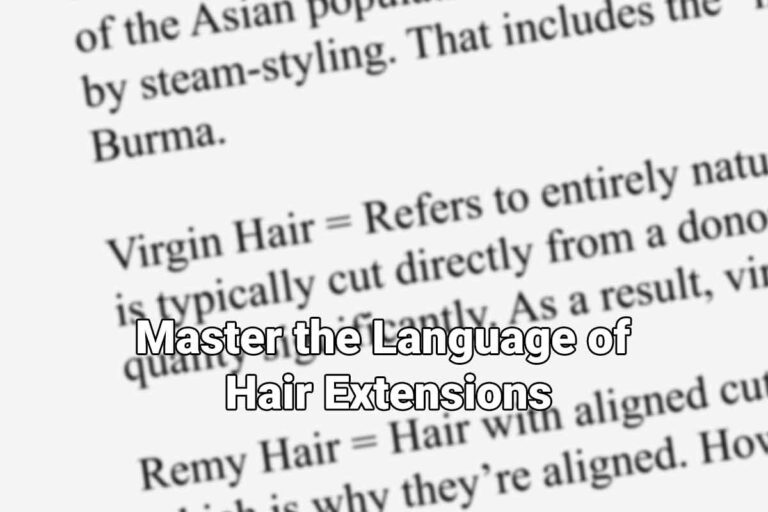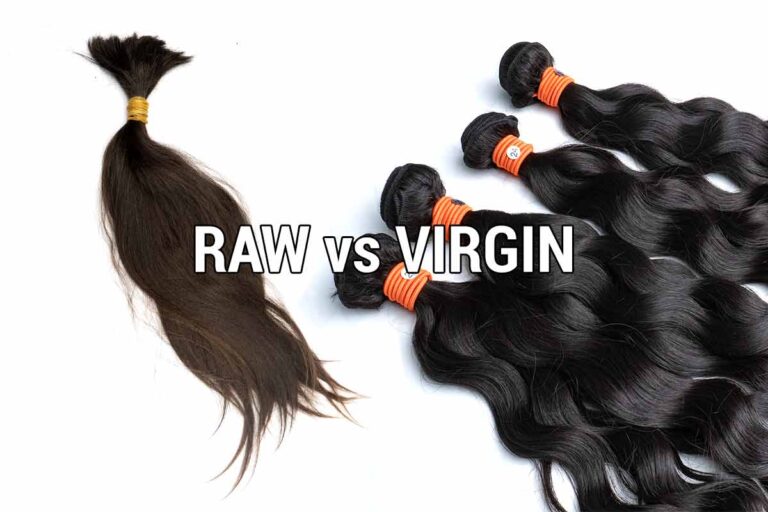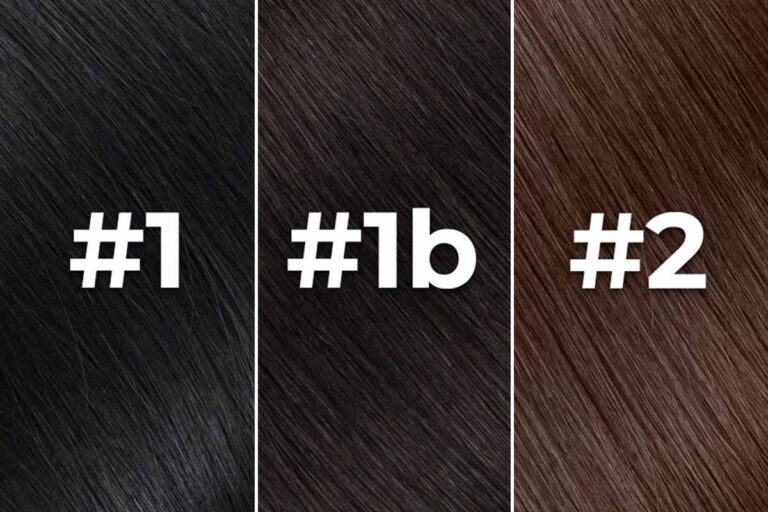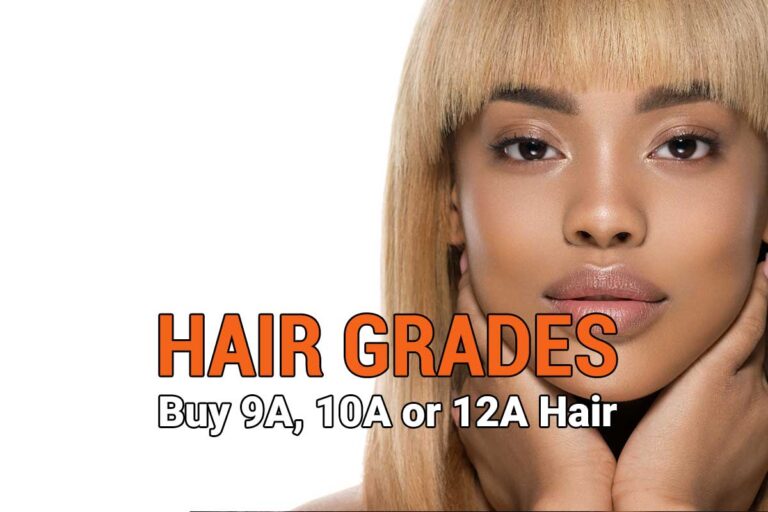Human Hair Quality 101: Understanding the Basics of Human Hair
Understanding human hair quality can be a challenging task, especially with so many different hair types and textures out there. However, you don’t have to worry as this guide will provide you with basic information that will help you recognize and determine your hair quality. From porosity and elasticity to thickness and texture, we will cover all the essential factors that contribute to your hair quality. By the end of this guide, you will have a better understanding of your hair type and how to take proper care of it.
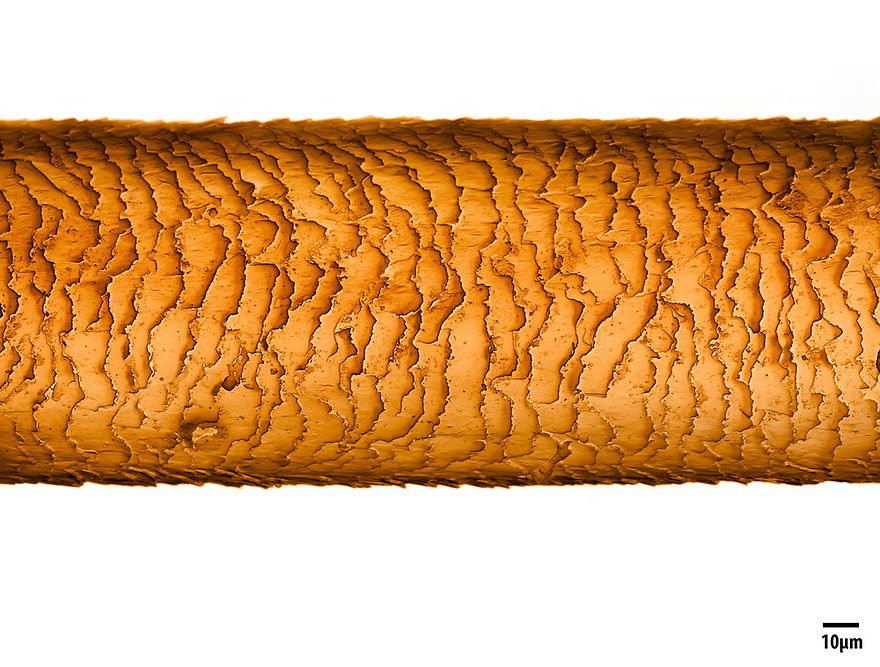
Table of Contents
Human Hair Quality: Cuticles
When we’re talking about the quality of hair, it’s all about the cuticles. What are cuticles? The cuticles are on the outer layer of the hair. These are like the shingles of a roof and form a protective layer. When they’re intact, they can keep the moisture within the hair shaft.
On a human head, all hairs grow in the same direction, meaning all cuticles run in the same direction. When they are not in the same direction, the hair will tangle like crazy.
There are multiple methods to collect the hair, but lets simplify it to two methods:
1) — Cut the hair from the donor directly
2) — Cut the hair from the donor, let it drop to the floor, and then collect it.
HIGH QUALITY: With method 1, all cuticles will be in the same direction.
LOWER QUALITY: With method 2, the cuticles are not in the same direction, and will tangle. Therefore hair collected with method 2 will need to be processed. Processing means a reduction in quality.
RAW/VIRGIN HAIR

1) — Raw Hair is unprocessed hair that was directly cut from a donor. Therefore the cuticles are intact and aligned. This hair can be called Raw Hair.
2) — Virgin Hair is hair with Virgin (untouched) cuticles.
All Raw and Virgin Hair, by definition, has full & aligned cuticles. This means that these two types of hair are going to be of high quality. All Raw Hair is Virgin Hair, but not all Virgin Hair is Raw Hair. Steam-styled raw hair is no longer raw (as it is considered a form of processing), but is still virgin hair (because it has untouched cuticles).
There’s no difference in quality between raw hair and virgin hair. We Chinese only have straight raw hair, and all other textures are steam-styled. This means that we spend money turning raw hair into virgin hair! Raw hair from India sometimes comes as wavy or curly. The reason why a lot of people think that virgin hair is cheaper than raw hair, is because a lot of suppliers market their processed hair as virgin hair.
Raw- and Virgin Hair can both be bleached to #613 (and #60 if done professionally).
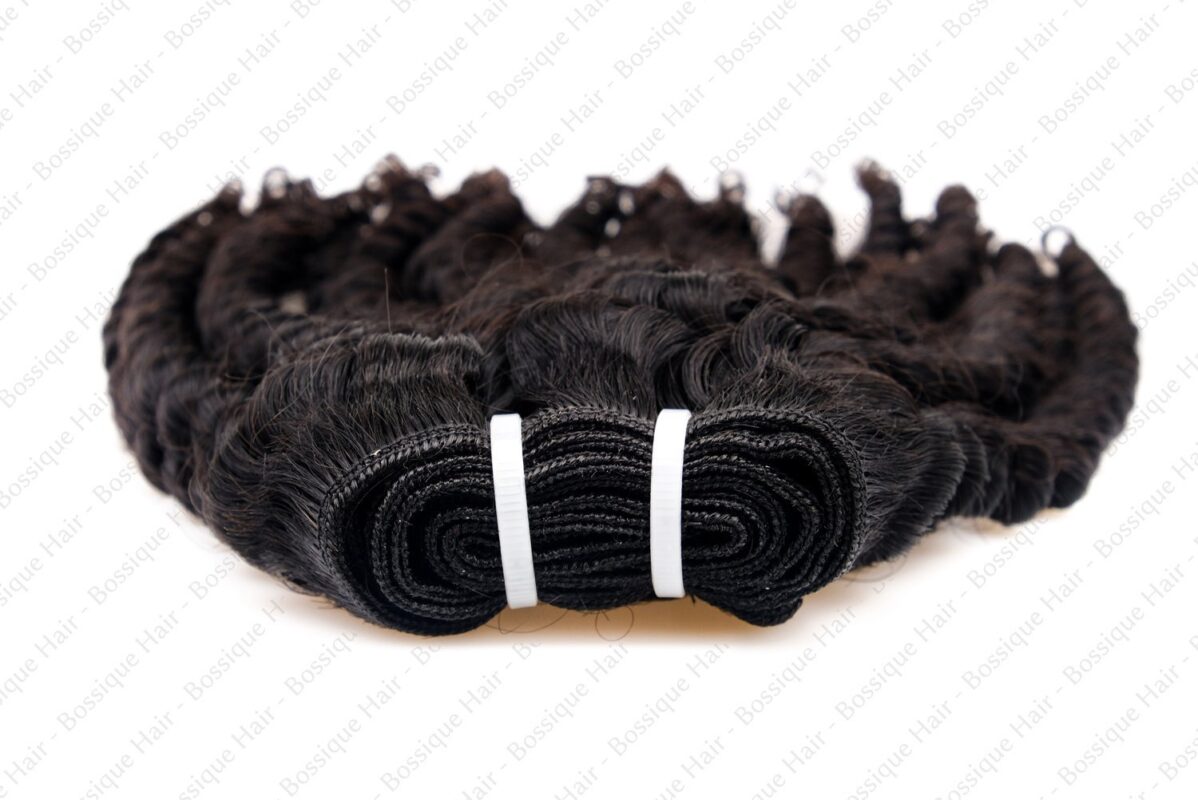
Processed Hair
When the cuticles aren’t aligned, the hair will tangle crazily. This kind of hair will get processed in one way or another. Two common ways are: Method
1) — Chemically stripping the hair of the cuticles.
2) — Using a machine to align the cuticles, and then chemically processing it to become smoother.
Method 1 is cheaper to do than method 2, and strips the entire cuticle from the hair. This makes the hair really easy to break and responds badly to coloring/bleaching.
Method 2 is more expensive to do, but the chemical processing done is much less damaging than completely stripping the cuticle. This type of hair will not break easily and generally responds better to bleaching/coloring. The overall quality of this type of hair is higher than that of Method 1.
Processed hair shouldn’t really be bleached to #613. Some hair can achieve the color (especially when the factory does them by itself) but will become lack of lustrous and dry. The magic number is #27, and this is what most suppliers will indicate for their processed hair (and sometimes suppliers will lie about this, so always test the hair by yourself).
Look for these Signs
Statistically, whatever your supplier will tell you about their hair quality, is going to be bullshit. Take everything with a grain of salt. We’ve talked with suppliers as well, pretending to be a possible client, and the amount of dishonesty is sickening. There are some indications of them lying about the quality, but it takes a knowledgeable client to be able to find out about it. Therefore, you should ALWAYS test their hair extensively rather than be convinced by their words.
When we’re looking at our competitors, we look at a few things to find out about the quality of their hair:
1) — Price (i.e. Raw Chinese hair that is 30 inches long and costs less than $110 is probably not actual raw hair. 30 inches of virgin hair is more likely to cost around $60-70. Paofa hair is usually about $10-15 cheaper.)
2) — Their high-quality hair can only be bleached to #27
(#27 is a sign of processed hair)
3) — They claim that they’re a factory but are located in Guangzhou.
(Guangzhou mostly doesn’t have due to government pollution regulations)
4) — A Chinese supplier claiming to have Brazilian / Malaysian / Peruvian hair
(Chinese don’t actually sell these)
5) — Reviews found by Googling them or searching on YouTube (However, learn to recognize paid reviews. If the video is done by someone who looks like an influencer, they’re probably paid reviews. Sometimes the influencers even admit to being paid)
6) — We visit them
A lot of the Chinese companies are in the Guangzhou hair market. Since we live close, we can visit them, feel the hair, smell, touch, weigh them, or even buy a sample and test the quality.
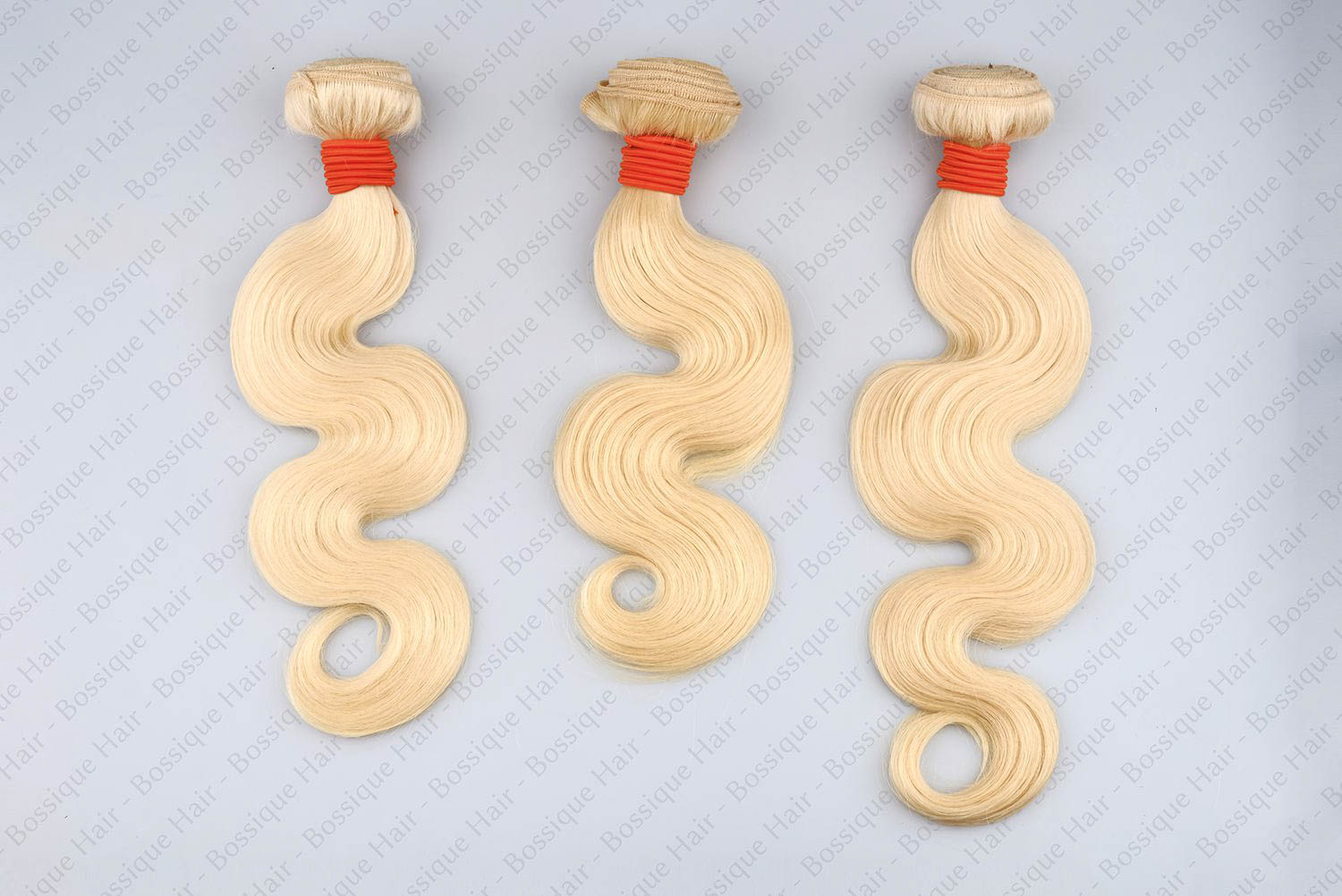
Some more Tips:
PRICING: Never simply compare prices. Compare quality and only then compare the price. For example:
Supplier A: $30; Bundle weight: 90 grams; Excl. PayPal Fee; Many short hairs
Supplier B: $33; Bundle weight: 100 grams; Incl. PayPal Fee; Full&thick bundles
Even though supplier A’s bundles are cheaper, they reduced the price at the cost of quality. If you’re looking for a supplier, try out different suppliers’ hair and find the best price/quality suiting your clients’ needs.
SINGLE DONOR HAIR:
1) — When you buy 3 single donor bundles + frontal for a full install, how many donors are there going to be?
2) — When the haircut from a donor is 150 grams, are they going to make 1 bundle of single donor hair from it and sell the other 50-gram hair as multi-donor hair?
3) — When you put two 50-gram remainders together, are they of lower quality than the 100-gram single donor bundle?
It simply doesn’t make sense. They mostly get mixed and matched, and when done well, it doesn’t have any effect on the quality. The main reason for marketing hair as ‘single-donor hair’ is to make it sound more expensive.
If your bundles come in a consistent weight and fullness ratio, it means that hair from multiple donors were used to produce your bundles.
SHORT HAIRS:
Short hair are normal and they’re simply a way of controlling the cost. It’s a bit of a taboo, but it’s a normal (and accepted) practice to prevent the prices from going astronomical. Watch this example:
Supplier A: 40% 24”; 20% 20”; 20% 16”; 20% 12”
Supplier B: 60% 24”; 20% 16”; 20% 12”;
In this example, supplier B’s 24” bundles will be fuller, but more expensive. It’s important to take into consideration when ordering from your supplier.
Hair from China & India:
Most hair is going to come from India and China. While there might be hair from other countries, they’re most likely not going to have the supply required to meet incredible demand. A lot of these “exotic hair” countries are still sourcing hair from China/India. In China the hair is mainly collected from the countryside, where people are willing to sell their hair for a fee.
INDIA: In India, a lot of people will get their hair tonsured for religious reasons. The donors don’t get paid for their hair, but some money will help the country build things like hospitals.
When the hair isn’t bound before shaving/cutting, the hair will fall on the floor. When it’s collected after, it’s no longer going to be aligned cuticle hair. Therefore the method of collection is going to be very important for the quality.

CHINA: Many people think that China doesn’t have a hair collection culture and that we definitely don’t have raw hair. However, this is false. Here in China, we have a hair collection culture in the Chinese countryside. The girls/women who donate their hair get paid a fee. It’s a common sight for locals who are in the countryside, and if you come to Guangzhou, I could take you to some of these places.
In China, there are still some important hair products from India, but most of this hair is going to be processed with low-quality hair. One of the really annoying things about this hair is the red/orange fibers, which makes coloring really difficult. This hair is also less thick compared to Chinese hair, meaning Chinese hair will withstand processing better.
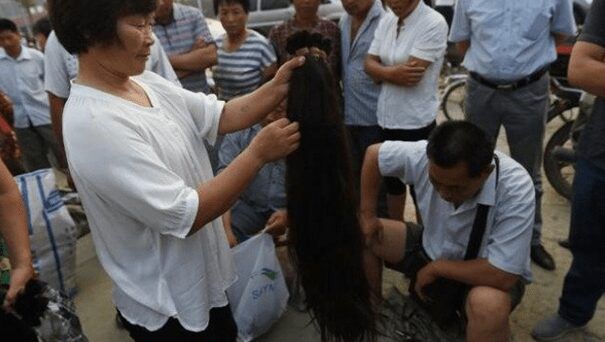
Got any questions? Feel free to ask us! Got any feedback? Feel free to give us! Think we got something wrong? Feel free to correct us! Feel free to share this post with your friends!
WhatsApp: +86 135 3369 3283
Email: cristina@bossique.com
Facebook: www.facebook.com/bossique/
